Portrait Photography: From Lens to Soul
Portrait Photography: Capturing Timeless Expressions
Let’s explore the art of portrait photography, discuss essential equipment, delve into setting up the perfect shot, mastering lighting techniques, building rapport with your subject, post-processing and editing tips, and how to effectively showcase and share your portraits.
I am a participant in the Amazon Services LLC Associates Program, an affiliate advertising program designed to provide a means for me to earn fees by linking to Amazon.com and related sites. This post may contain affiliate links, which means I may receive a commission, at no cost to you, for purchases made using my links. Please see my disclosure to learn more.
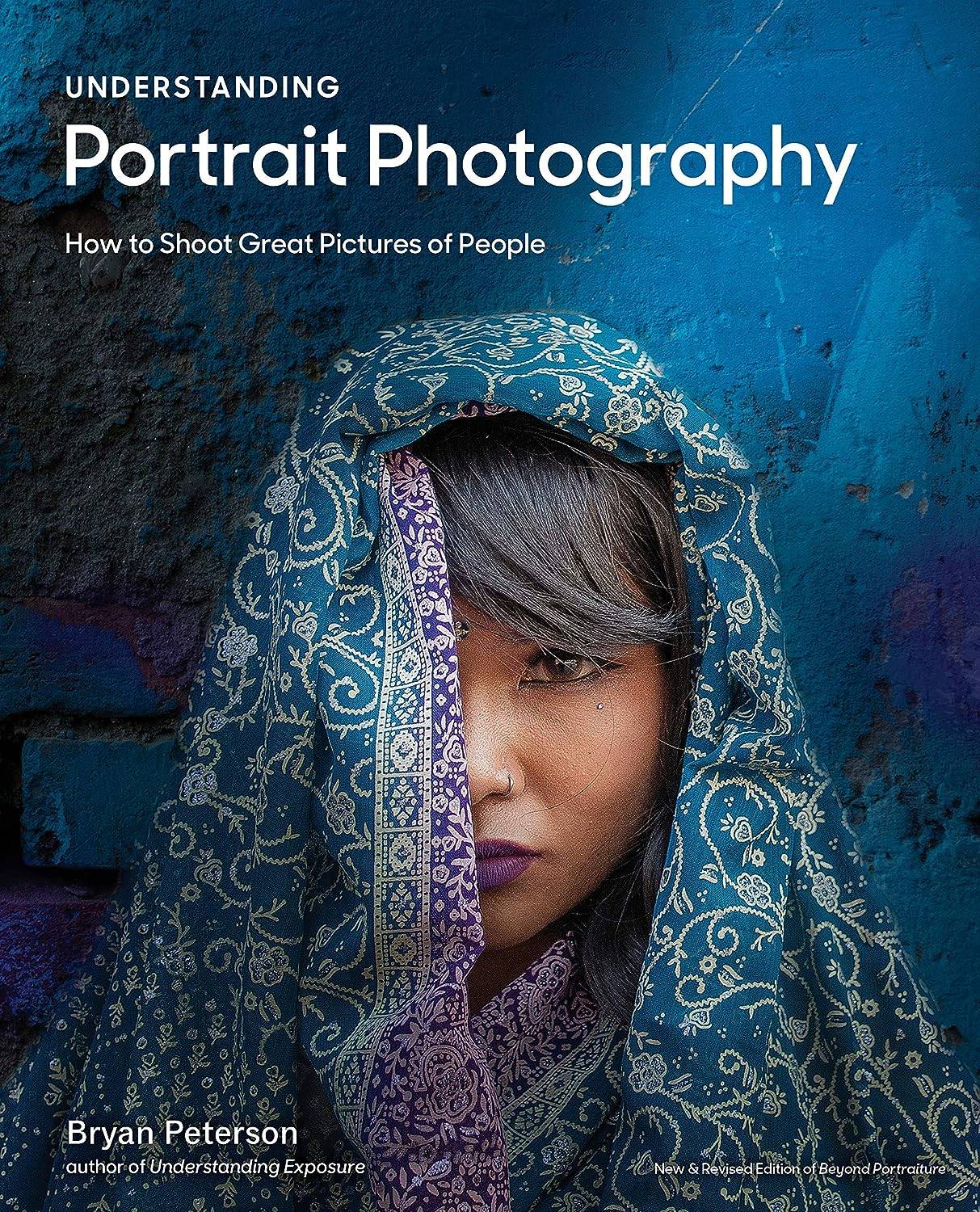
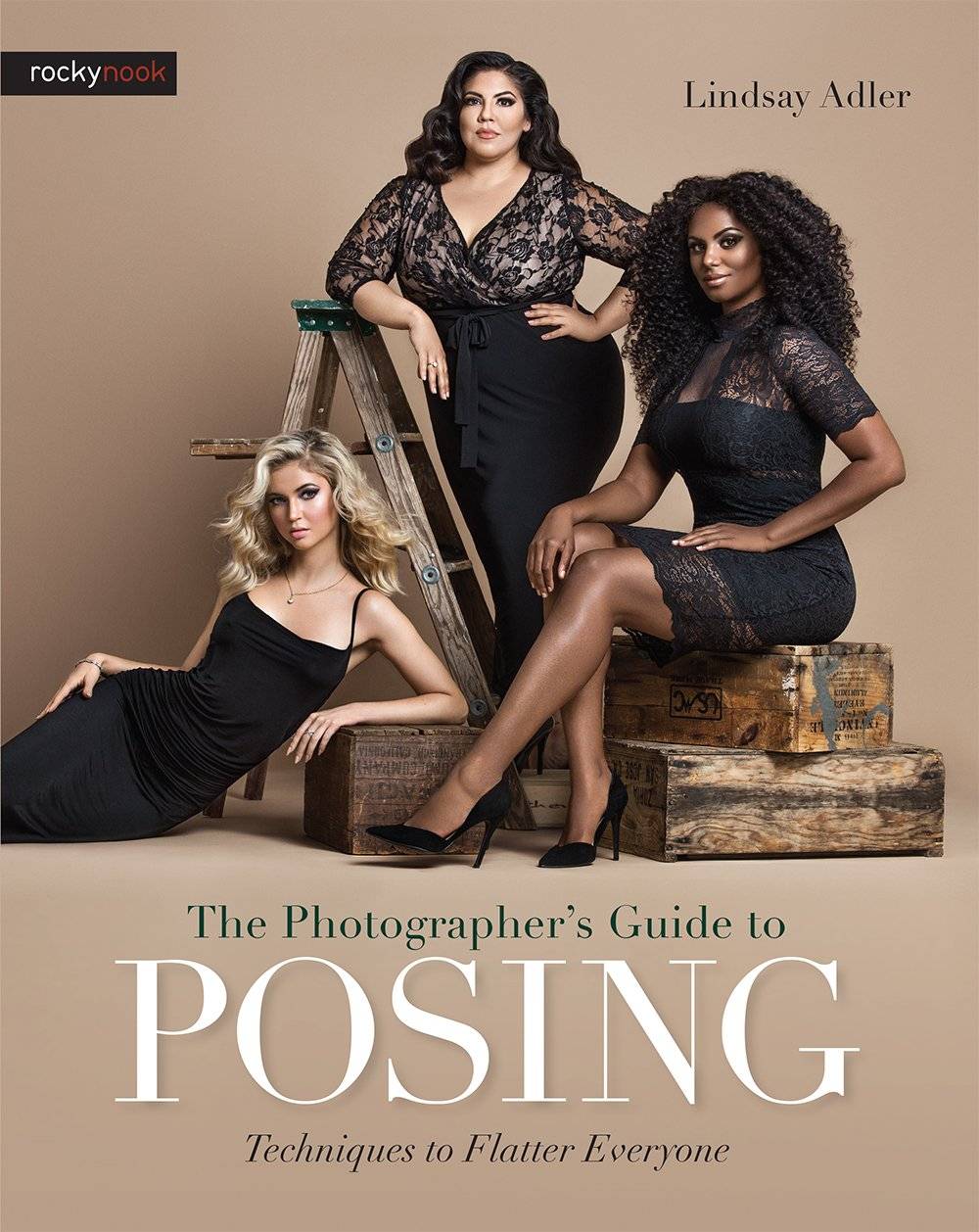
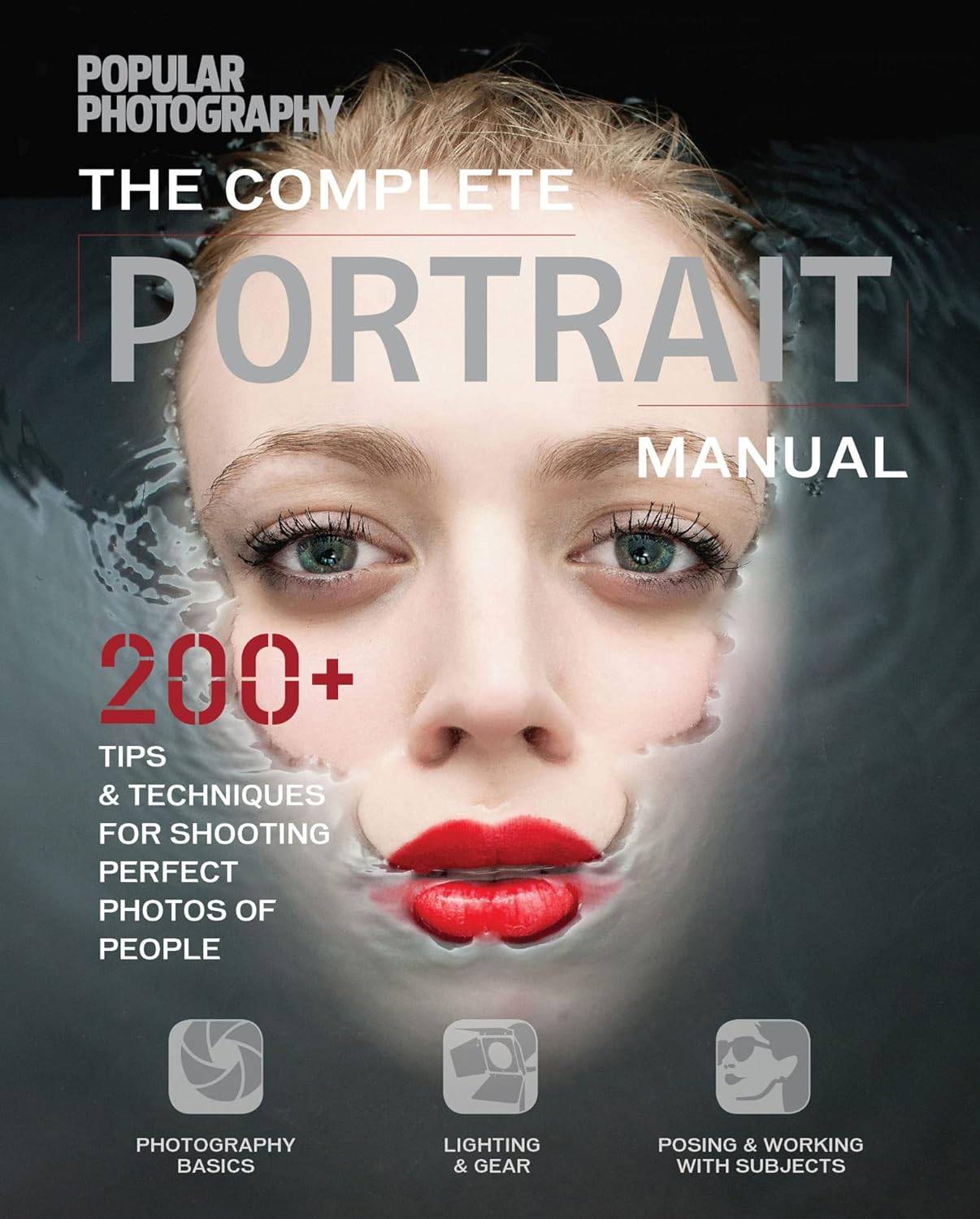
Understanding Portrait Photography
Defining Portraits and Their Purpose
At its core, portrait photography aims to capture the essence and personality of a subject. It goes beyond mere snapshots, revealing emotions, stories, and creating lasting memories. Whether it’s a candid shot or a meticulously planned portrait, the key is to convey a sense of connection and evoke emotions.
Types of Portrait Photography
Portrait photography encompasses a wide range of styles, including environmental portraits, studio portraits, candid portraits, and more.
Each style offers unique opportunities to tell a story or highlight a particular aspect of the subject’s life or personality.
Understanding the different types will help you choose the right approach for your desired outcome.
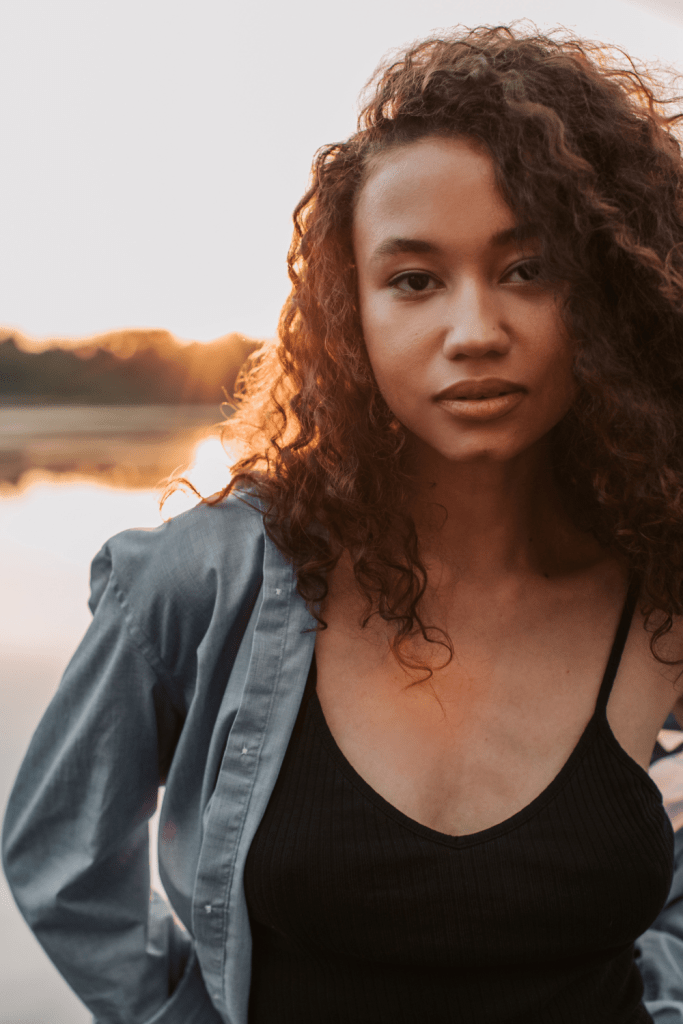
Essential Equipment for Portrait Photography
Selecting the Right Camera and Lens
Investing in a suitable camera and lens combination is crucial for achieving high-quality portraits. Consider factors like sensor size, resolution, and lens focal length to ensure sharpness, detail, and depth of field control. Understanding the technical aspects of your gear will empower you to capture stunning portraits.
Lighting Equipment: Illuminating the Subject
Lighting plays a vital role in portrait photography, shaping the mood, highlighting features, and adding depth.
Explore options such as continuous lighting, strobes, or speedlights based on your shooting environment and desired effects. Investing in quality lighting equipment will enhance the overall quality of your portraits.
Accessories: Enhancing Your Creativity
Accessories such as reflectors, diffusers, and color gels provide additional control over lighting and creative possibilities. These versatile tools can help you manipulate light, eliminate harsh shadows, and add artistic flair to your portraits.
Experimenting with accessories will allow you to craft unique and visually striking images.

Setting Up the Shot
Choosing the Right Location and Background
Selecting an appropriate location and background can significantly impact the mood and story of your portraits.
Consider the subject’s personality, the desired atmosphere, and the visual elements that complement or contrast with the subject. Whether indoors or outdoors, the surroundings should enhance the overall narrative of your portrait.
Framing and Composition: Creating Visual Harmony
Effective framing and composition guide the viewer’s eye and draw attention to the subject.
Explore the rule of thirds, leading lines, and negative space to compose compelling portraits.
Experimenting with different angles and perspectives will help you capture dynamic and visually engaging images.

Poses and Expressions: Conveying Emotion
Posing and capturing authentic expressions are essential for bringing out the subject’s personality and emotions.
Encourage your subject to relax and experiment with various poses that complement their features and body language. Communication and gentle guidance play a vital role in capturing genuine expressions and emotions.
Mastering Lighting Techniques
Natural Light vs. Artificial Light
Understanding the characteristics of natural light and artificial light sources will help you make informed decisions when lighting your portraits.
Natural light offers a soft and flattering quality, while artificial light provides more control and consistency. Knowing when and how to utilize each type will elevate your portrait photography skills.
Understanding Light Direction: Highlighting Features
The direction of light can sculpt and define your subject’s features, emphasizing their unique characteristics.
Experiment with front lighting, side lighting, and backlighting to create depth, shadows, and highlights. Understanding how light interacts with the subject’s face and body will allow you to create stunning and well-balanced portraits.
Controlling Light Intensity and Quality
Modifying light intensity and quality enables you to shape the mood and ambiance of your portraits. Tools like diffusers, softboxes, and umbrellas help soften harsh light and create a flattering and even illumination.
Balancing light intensity across different areas of the frame ensures a well-exposed and visually appealing portrait.
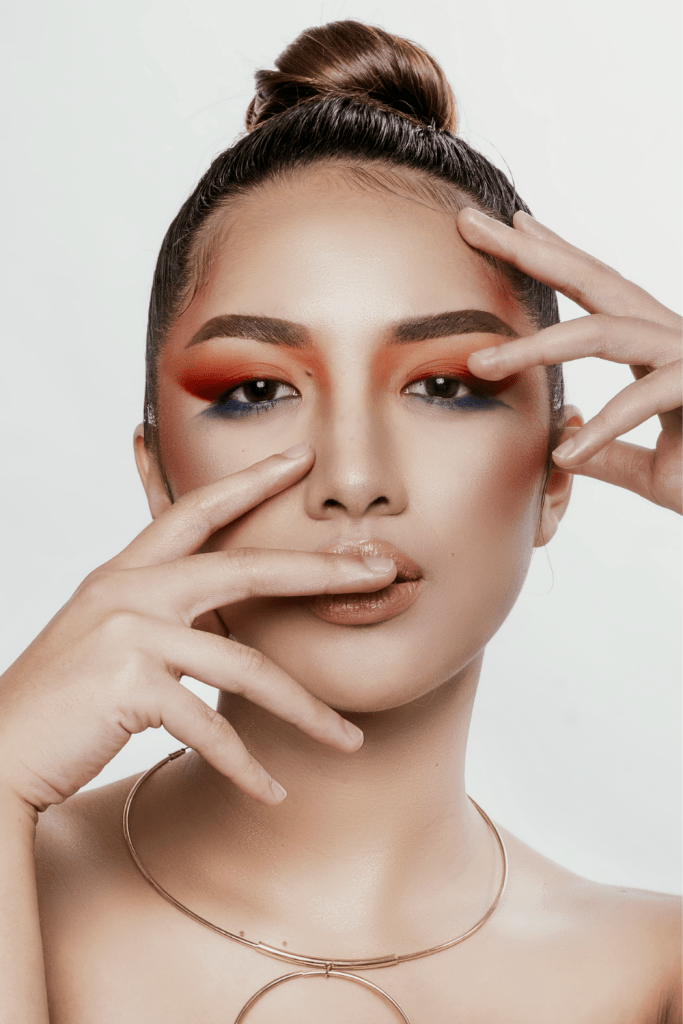
Building Rapport with Your Subject
Creating a Comfortable Environment
Building a comfortable and relaxed environment is crucial for capturing natural and authentic portraits.
Establish a connection with your subject, make them feel at ease, and create an atmosphere that encourages self-expression. A comfortable subject will radiate confidence and openness, resulting in more captivating and genuine portraits.
Communicating and Guiding: Bringing Out the Best
Effective communication is key to guiding your subject and capturing their best features and expressions.
Provide clear instructions and gentle guidance, making them an active participant in the creative process.
Encouraging their input and collaborating throughout the shoot will foster a sense of trust and mutual understanding.
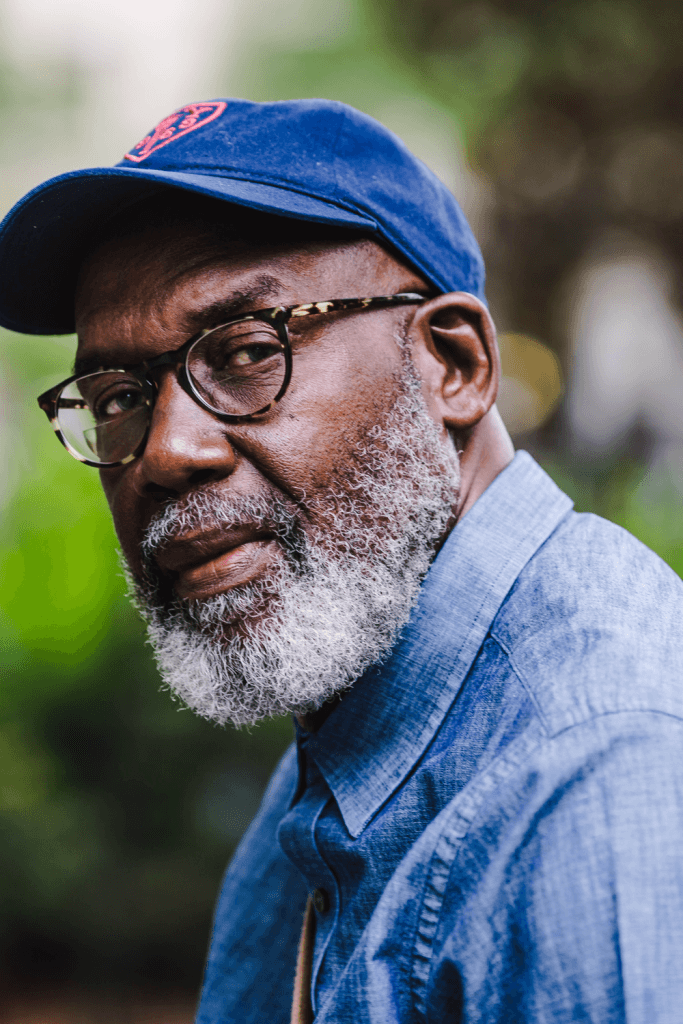
Post-Processing and Editing
Selecting and Organizing Photos
After a successful photoshoot, sorting and selecting the best images is essential. Review each image carefully, considering technical aspects, composition, and emotional impact.
Organize your selected images to streamline the editing process and maintain an efficient workflow.
Enhancing Portraits: Striking the Right Balance
Post-processing allows you to refine and enhance your portraits while maintaining a natural and realistic appearance.
Adjustments in exposure, color balance, and contrast can elevate the overall impact of your images. However, it’s crucial to strike a balance and avoid excessive editing that may result in an unnatural or over-processed look.
Retouching and Skin Editing: Polishing Details
When retouching portraits, focus on subtle improvements that enhance the subject’s natural beauty. Softening skin imperfections, reducing blemishes, and enhancing eye details can elevate the overall aesthetics of the portrait.
However, preserving the subject’s unique features and avoiding excessive retouching is crucial to maintaining authenticity.
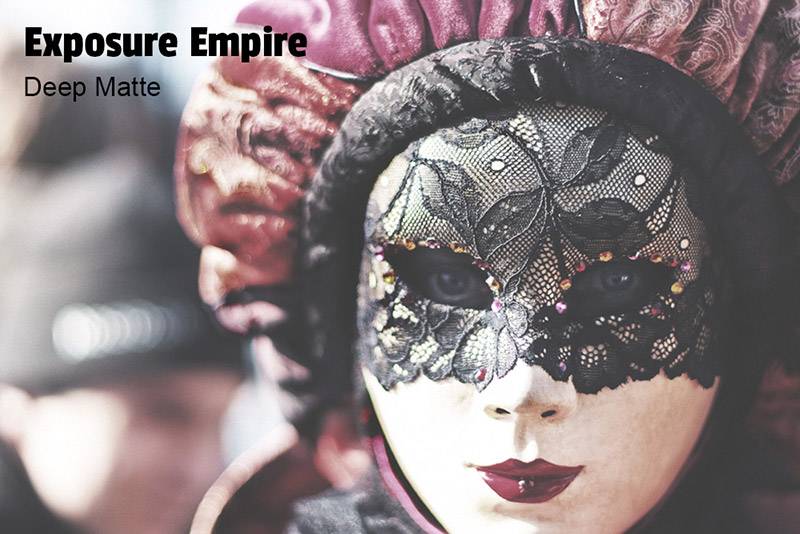
FREE Deep Matte Lightroom Preset and Photoshop Action
This free preset/action will give your photos a strong, deep matte effect. It is similar to our Basic Matte Preset and Action, but it uses a stronger matte effect. Like all of our presets and actions it works with Lightroom 4, 5, 6, and CC as well as with Photoshop CC, CC 2014, and CC 2015.

Showcasing and Sharing Your Portraits
Print vs. Digital Display: Choosing the Right Medium
Deciding how to present your portraits involves considering the intended audience and the desired impact.
Printed photographs offer a tangible and immersive experience, while digital displays provide accessibility and sharing capabilities. Understanding the strengths of each medium will help you showcase your portraits effectively.
Online Portfolios and Social Media: Reaching a Wider Audience
Creating an online portfolio and leveraging social media platforms allow you to share your portraits with a global audience.
Curate a portfolio that highlights your best work and shares your unique perspective. Utilize social media’s reach and engagement to connect with other photographers, potential clients, and photography enthusiasts.
Final Thoughts
Portrait photography is an art form that allows us to capture the essence and emotions of our subjects. By understanding the fundamental techniques, investing in the right equipment, and building rapport with our subjects, we can create captivating and meaningful portraits.
Remember to embrace your creativity, experiment, and continually refine your skills to truly master the art of portrait photography.
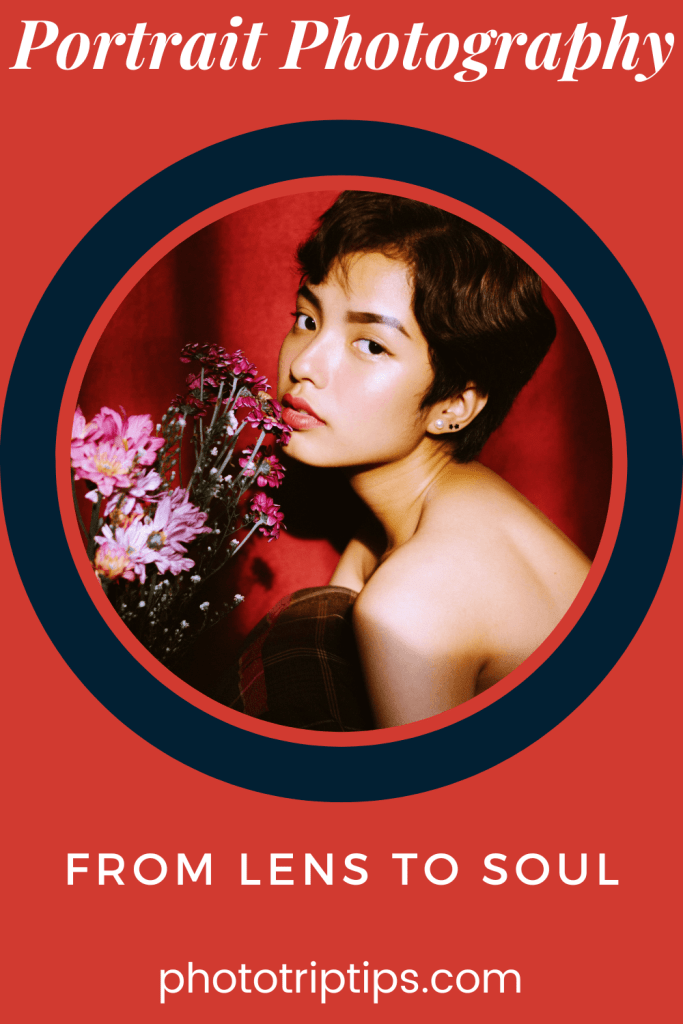
Frequently Asked Questions (FAQs)
- How can I choose the right camera and lens for portrait photography?
Choosing the right camera and lens for portrait photography depends on your specific needs and budget. Look for a camera with a larger sensor size and high resolution to capture fine details.
As for lenses, consider a prime lens with a focal length between 50mm and 85mm for flattering portraits with a shallow depth of field.
- What are some tips for posing subjects during a portrait session?
When posing subjects, it’s essential to make them feel comfortable and natural. Encourage them to relax and express themselves authentically.
Provide gentle guidance on body positioning, facial expressions, and hand placement. Pay attention to body language and experiment with different poses to capture their best features.
- How do I effectively use natural light for portrait photography?
Natural light can create beautiful and soft illumination for portraits. The key is to understand how to harness and manipulate it. Seek out soft and diffused light by shooting during the golden hour (early morning or late afternoon).
Position your subject facing the light source or use reflectors to bounce light onto their face, reducing harsh shadows.
- What are the essential post-processing techniques for enhancing portraits?
When enhancing portraits through post-processing, focus on subtle adjustments. Begin by correcting exposure, white balance, and contrast.
Then, selectively retouch any skin imperfections or blemishes while preserving the subject’s natural look. Enhance eye details, adjust color tones, and apply sharpening for a polished final result.
- How can I build a strong online presence as a portrait photographer?
To build a strong online presence, start by creating a dedicated website or online portfolio to showcase your best work. Optimize your website with relevant keywords for search engine optimization.
Social Media
Utilize social media platforms like Instagram and Facebook to share your portraits, engage with your audience, and network with other photographers and potential clients.
Regularly update your portfolio with fresh content and maintain an active online presence by interacting with your followers and participating in photography communities.




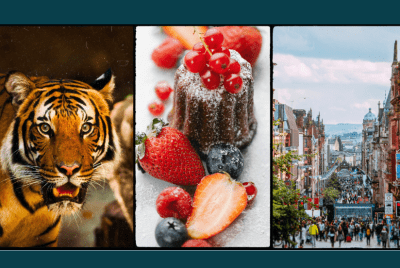
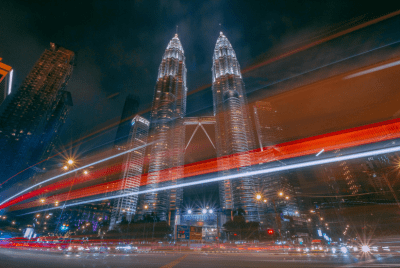

Comments are closed.